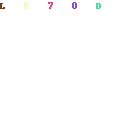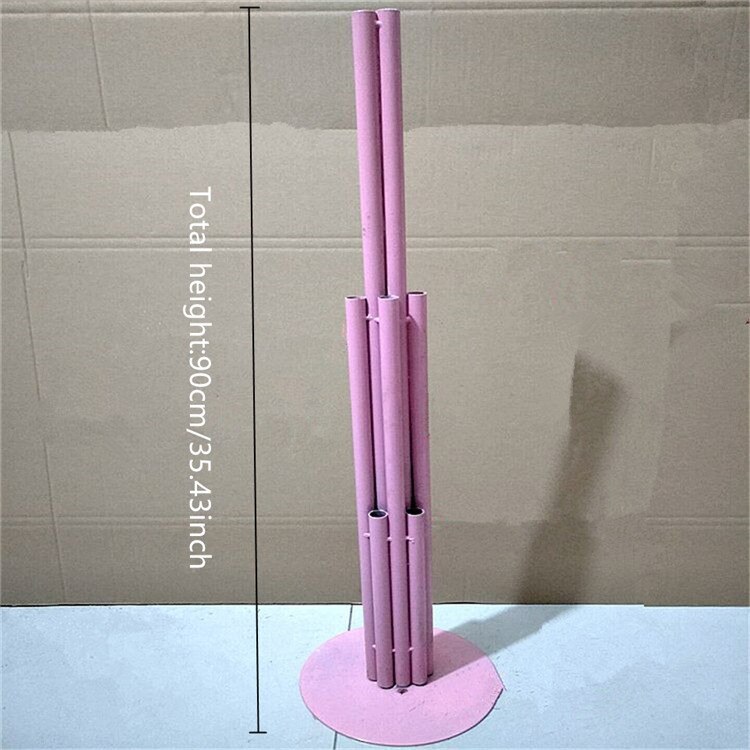How many flowers in a large centerpiece?
The number of flowers in a large centerpiece can vary depending on the size and style of the arrangement. It can range from a few dozen to over a hundred flowers.
1、 Floral arrangement size and scale in centerpiece design
The number of flowers in a large centerpiece can vary depending on the size and scale of the floral arrangement. There is no fixed rule or standard number of flowers that must be included in a centerpiece, as it ultimately depends on the desired aesthetic and design concept.
When designing a large centerpiece, floral designers consider several factors such as the size of the container, the overall theme or style of the event, and the budget. These factors help determine the appropriate number of flowers to be used.
In recent years, there has been a shift towards more minimalist and naturalistic designs in centerpiece arrangements. This trend often involves using fewer flowers and focusing on the quality and impact of each individual bloom. By using a smaller number of carefully selected flowers, designers can create a more refined and elegant look.
However, it is important to note that larger centerpieces may still require a significant number of flowers to achieve the desired effect. For grand events or extravagant designs, it is not uncommon to see centerpieces with hundreds of flowers. These arrangements often feature a mix of different flower varieties, foliage, and other decorative elements to create a visually stunning display.
Ultimately, the number of flowers in a large centerpiece is a creative decision made by the designer in collaboration with the client. It is important to consider the overall vision for the event, the available budget, and the desired impact when determining the appropriate number of flowers to include.

2、 Types and quantities of flowers commonly used in large centerpieces
The number of flowers in a large centerpiece can vary depending on the size and style of the arrangement, as well as personal preference. However, it is common for large centerpieces to contain a significant number of flowers to create a visually stunning display.
When it comes to the types and quantities of flowers commonly used in large centerpieces, there is a wide range of options available. Popular choices include roses, lilies, hydrangeas, orchids, peonies, and sunflowers, among others. These flowers are chosen for their beauty, fragrance, and ability to make a statement.
In terms of quantities, a large centerpiece may typically include anywhere from 20 to 50 individual flowers. However, this number can increase or decrease depending on the size of the arrangement and the desired level of fullness. Some extravagant centerpieces may even contain over 100 flowers, creating a lavish and opulent display.
It is important to note that trends in floral design are constantly evolving, and the latest point of view may influence the types and quantities of flowers used in large centerpieces. Currently, there is a growing emphasis on incorporating a variety of textures and foliage into arrangements, alongside the traditional blooms. This adds depth and interest to the centerpiece, creating a more natural and organic look.
Ultimately, the number of flowers in a large centerpiece is subjective and can be tailored to suit individual preferences and the overall aesthetic of the event or space. Whether it's a grand wedding reception or an elegant gala, a well-designed large centerpiece with an abundance of flowers is sure to make a lasting impression.

3、 Factors influencing the number of flowers in a centerpiece
Factors influencing the number of flowers in a centerpiece can vary depending on various factors such as the size of the centerpiece, the desired aesthetic, the type of flowers used, and the overall budget.
Firstly, the size of the centerpiece plays a crucial role in determining the number of flowers required. A large centerpiece typically requires more flowers compared to a smaller one in order to create a visually appealing arrangement. The size of the table or space where the centerpiece will be placed also needs to be considered, as a larger table may require a more substantial centerpiece to maintain proportionality.
Secondly, the desired aesthetic of the centerpiece influences the number of flowers needed. If a fuller and more extravagant look is desired, a larger number of flowers will be required. On the other hand, a minimalist or more delicate arrangement may require fewer flowers. The style and theme of the event or occasion also play a role in determining the number of flowers needed. For example, a romantic wedding centerpiece may require more flowers to create a lush and romantic atmosphere.
The type of flowers used is another important factor. Some flowers have larger blooms and take up more space, while others have smaller blooms and may require more stems to create a fuller look. Additionally, the availability and cost of certain flowers can also influence the number used in a centerpiece.
Lastly, the budget allocated for the centerpiece will impact the number of flowers used. A larger budget allows for more flowers, while a smaller budget may require a more strategic use of flowers to create an impactful centerpiece.
In conclusion, the number of flowers in a large centerpiece is influenced by factors such as the size of the centerpiece, the desired aesthetic, the type of flowers used, and the overall budget. It is important to consider these factors in order to create a visually stunning centerpiece that meets the desired requirements and enhances the overall ambiance of the event or occasion.

4、 Techniques for creating a visually balanced large centerpiece with flowers
The number of flowers in a large centerpiece can vary depending on the size and style of the arrangement, as well as personal preference. However, there are some techniques that can help create a visually balanced centerpiece with flowers.
Firstly, consider the size and shape of the container. A large centerpiece typically requires a substantial number of flowers to fill the space adequately. A general rule of thumb is to use at least one flower stem per inch of the container's diameter. For example, if the container is 12 inches in diameter, aim for around 12 flower stems.
Next, consider the height and proportion of the arrangement. A visually balanced centerpiece often incorporates flowers of varying heights to create depth and dimension. This can be achieved by using taller flowers, such as gladiolus or delphinium, in the center or back of the arrangement, and shorter flowers, like roses or carnations, towards the front or sides. The number of flowers needed will depend on the desired height and fullness of the centerpiece.
Additionally, consider the color palette and texture of the flowers. A visually balanced centerpiece often incorporates a mix of colors and textures to create visual interest. This can be achieved by using flowers of different shapes, sizes, and colors. The number of flowers needed will depend on the desired color scheme and the size of each individual flower.
Lastly, consider the overall style and theme of the event or occasion. A large centerpiece for a formal event may require more flowers to create a lavish and opulent look, while a centerpiece for a casual gathering may be more minimalistic and require fewer flowers.
In conclusion, the number of flowers in a large centerpiece can vary depending on various factors such as container size, height, proportion, color palette, and overall style. It is important to consider these factors and use them as guidelines to create a visually balanced and aesthetically pleasing centerpiece.







































Leave your comment